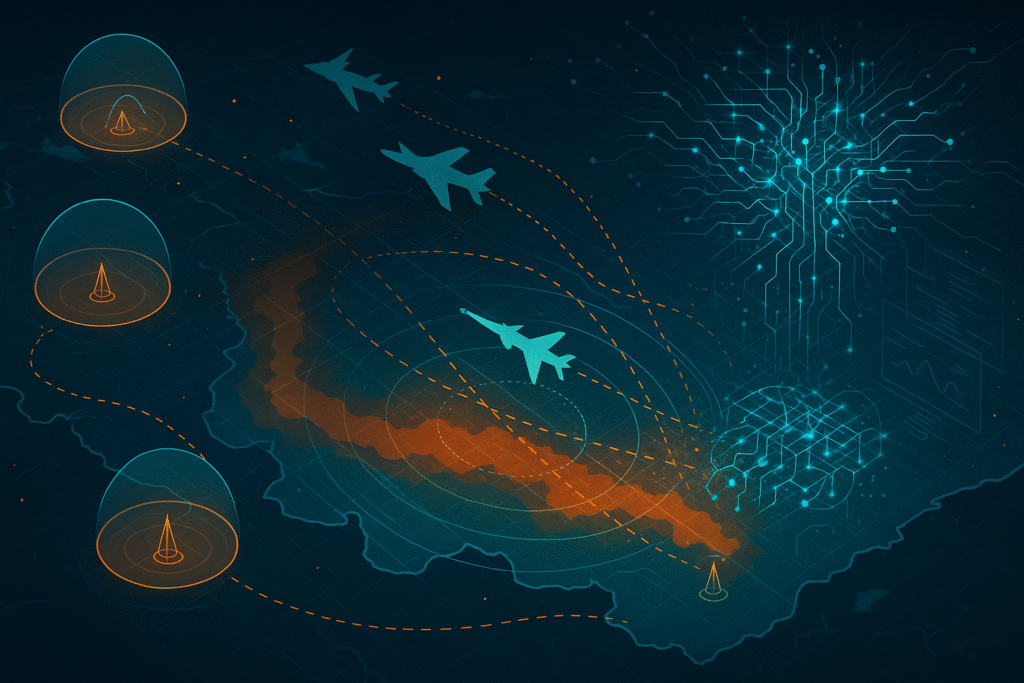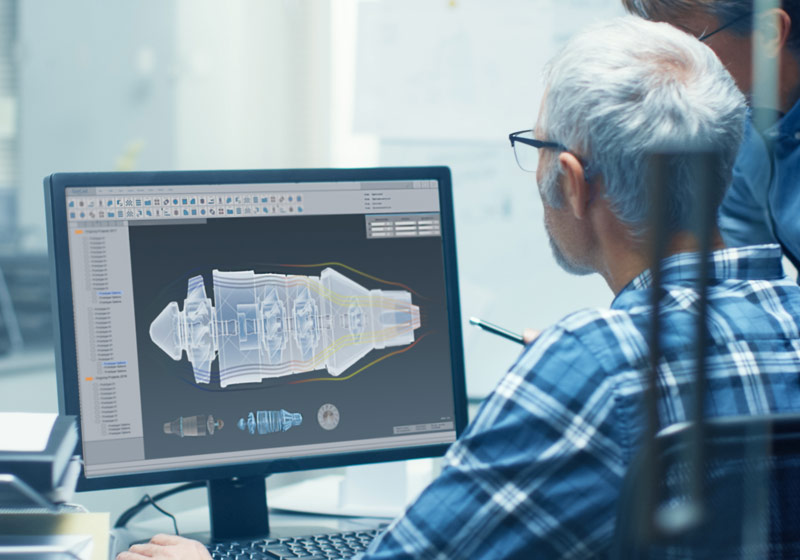Executive Summary
Artificial intelligence is transforming reconnaissance mission planning — cutting preparation time by up to 75% and boosting mission success rates by over 20%.
Netray’s AI-powered multi-agent system dynamically optimizes routes, payload configurations, and risk assessments, allowing commanders to make faster, data-driven decisions in real time.
The Need for AI in Modern Reconnaissance
Reconnaissance and ISR (Intelligence, Surveillance, and Reconnaissance) missions are growing more complex than ever. Planners must account for evolving threats, unpredictable weather, and multiple operational constraints — all while keeping up with near-real-time intelligence updates.
Traditional mission planning often takes 12–24 hours, relying heavily on manual analysis and static data. According to recent DoD assessments, over 60% of reconnaissance delays stem from outdated, inefficient planning methods — especially route and payload mismatches.
AI offers a solution by processing vast datasets in seconds and providing optimized, adaptive mission plans with quantified risk confidence.
From Manual Planning to Machine Intelligence
Traditional Challenges
Human planners must juggle dozens of factors — threat radar zones, weather impacts, fuel limitations, airspace restrictions, and communication windows — often resulting in slow, subjective decisions.
AI-Driven Paradigm
AI automates this process by analyzing intelligence feeds, environmental data, and asset availability to generate optimized mission plans instantly. Machine learning models continually learn from past missions, improving accuracy over time.
Netray’s Multi-Agent AI Architecture
Netray’s mission planning system uses a multi-agent AI architecture, mirroring how human planning teams collaborate but at superhuman speed.
Each of the seven AI agents specializes in a critical planning area:
- Route Optimization Agent: Generates terrain-aware flight paths minimizing threat exposure and fuel use.
- Payload Selection Agent: Chooses ideal sensor combinations for mission objectives and environmental conditions.
- Threat Assessment Agent: Monitors and predicts threat activity in real time.
- Weather, Asset, Risk & Mission Coordination Agents: Continuously update plans and assess success probabilities as conditions change.
Case Study: Operation Sandpiper
Objective: Detect and assess mobile ballistic missile launchers in a 500 km² contested area.
Assets: Two MQ-9 Reaper UAVs with multi-spectral sensors.
Constraints: 8-hour window, moderate SAM threat, variable weather.
Traditional Planning Baseline
- 14 hours of prep time, six planners
- Single static route, fixed payloads
- 72% predicted target detection
AI-Powered Planning
Netray’s AI system produced a fully optimized plan in 18 minutes, offering five tailored route options with live threat and weather analysis.
The selected route achieved:
- 94% target detection rate
- 23% faster mission completion
- Zero threat engagements
- 67% more actionable intelligence collected
Integration & Security
Netray’s AI mission planner integrates seamlessly with existing C4ISR architectures such as DCGS, PFPS, JMPS, and NATO’s ACCS.
Security and compliance meet DoD DIACAP, ITAR, and CMMC Level 3 standards, ensuring encrypted communications, access control, and continuous cyber monitoring.
Operational Impact
Quantifiable Results
- 75% reduction in planning time
- 23% higher mission success rates
- 31% fewer aborts and 42% better secondary collection
- 18% fuel savings and 34% less maintenance demand
ROI Snapshot
With an implementation cost of $2.3M–$4.7M, most organizations recover their investment within 14–18 months through reduced fuel use, personnel efficiency, and higher intelligence yields.
Looking Ahead: The Future of AI Mission Planning
Netray’s roadmap expands into multi-domain operations and autonomous coordination:
- Space-based ISR integration for synchronized terrestrial-satellite operations
- Cyber-physical mission planning merging electronic and physical reconnaissance
- Predictive threat modeling to anticipate adversary movements before they occur
Strategic Recommendations
Organizations adopting AI mission planning should:
- Assess Readiness: Ensure network, data, and security infrastructure can support real-time AI analytics.
- Develop Personnel: Train mission planners for AI-human collaboration.
- Phase Implementation: Start small with low-risk missions, then scale to full operational capability within 12–18 months.
Conclusion
AI-driven mission planning is redefining reconnaissance efficiency and effectiveness. By combining machine intelligence with human judgment, defense organizations can achieve faster decisions, safer missions, and superior intelligence outcomes.
With Netray’s proven multi-agent system — already validated in 1,200+ operational missions — militaries can confidently modernize their ISR operations and maintain the strategic edge in tomorrow’s battlespace.



